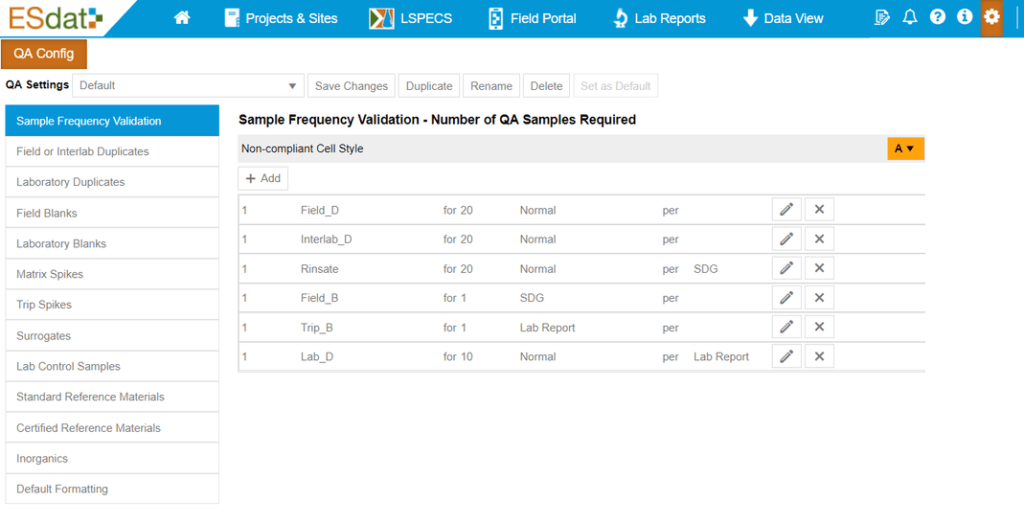A chemical quality assurance report refers to documentation that consist of planned and systematic actions focused on providing information about the accuracy, reliability, usability and comparability of analysis done on chemicals in a particular setting, for instance, those found in underground water in a site. It is generated based on the findings of research or analyses performed in an analytical laboratory. The report serves the purpose of assuring the reliability of the data. A chemical quality assurance report addresses the chemical contaminants and the possible risks on the environment and human health. Data control informs the quality assurance report, including specific data quality objectives, data collection to assess quality, and remedial measures.
A chemical quality assurance report has information regarding the specific chemical contaminants in a site, historical data for contaminant levels, the range of concentration levels, and established reference concentrations. The report should incorporate a standard format and cover all the desired aspects of reporting. A good report can withstand scientific scrutiny or future research and studies on the problem it addresses. It should use the appropriate standard procedures to conduct field sampling, data collection, laboratory analysis and data reporting.
Chemical quality assurance reports are essential since the environmental data is applied in decision-making on policymaking and executing environmental projects. Since they drive the objectives of a program, it must be accurate and reliable for its intended use. The data quality indicators are precision, accuracy, representativeness, comparability, reproducibility, bias, repeatability, and sensitivity. Reports that meet standard requirements enhance the programs’ outcomes for which they are applied, for example, in environmental monitoring that involves sampling, laboratory analysis, data management, and reporting.
ESdat, environmental data management software, can produce a Chemical Quality Assurance Report summarizing QA checks and flagging any potential issues.

ESdat is a single repository for storing, analyzing and reporting environmental investigation and monitoring data. ESdat validates and imports data from laboratories, data loggers, field apps and spreadsheets. Users can filter and view data using the built-in graphing, mapping, tabulation, statistical and report generation tools. Increasing efficiency and confidence in the data are cited as key benefits by organizations using ESdat.
ESdat Online delivers a highly cost-effective and efficient approach to store your ongoing monitoring environmental data, optionally with a historical data upload provided as a getting started service. ESdat Online is perfect if you want a cloud-based system that collates and reports your ongoing laboratory and field results.
ESdat Server provides the advantages of ESdat Online with the option of adding ESdat Desktop for data experts to upload their historical data, effectively interrogate the raw data being used within the database, and automatically launch and send data to other Desktop Applications such as Surfer, ArcGIS and Excel.
A variety of complementary products are also available to help with related work, such as sample planning and electronic Chain of Custody (LSPECS), offline field data collection or bore logging (pLog), production of bore logs (ESlog), public portals and customized reporting.
References
Bartram, J. and Ballance, R. (1996). Analytical quality assurance. Retrieved from https://www.who.int/water_sanitation_health/resourcesquality/wqmchap9.pdf
Rothert, J. (2010). Quality assurance report: National Atmospheric Deposition Program. Retrieved from https://www.ideals.illinois.edu/bitstream/handle/2142/15158/CR%202010-02%20web.pdf?sequence






